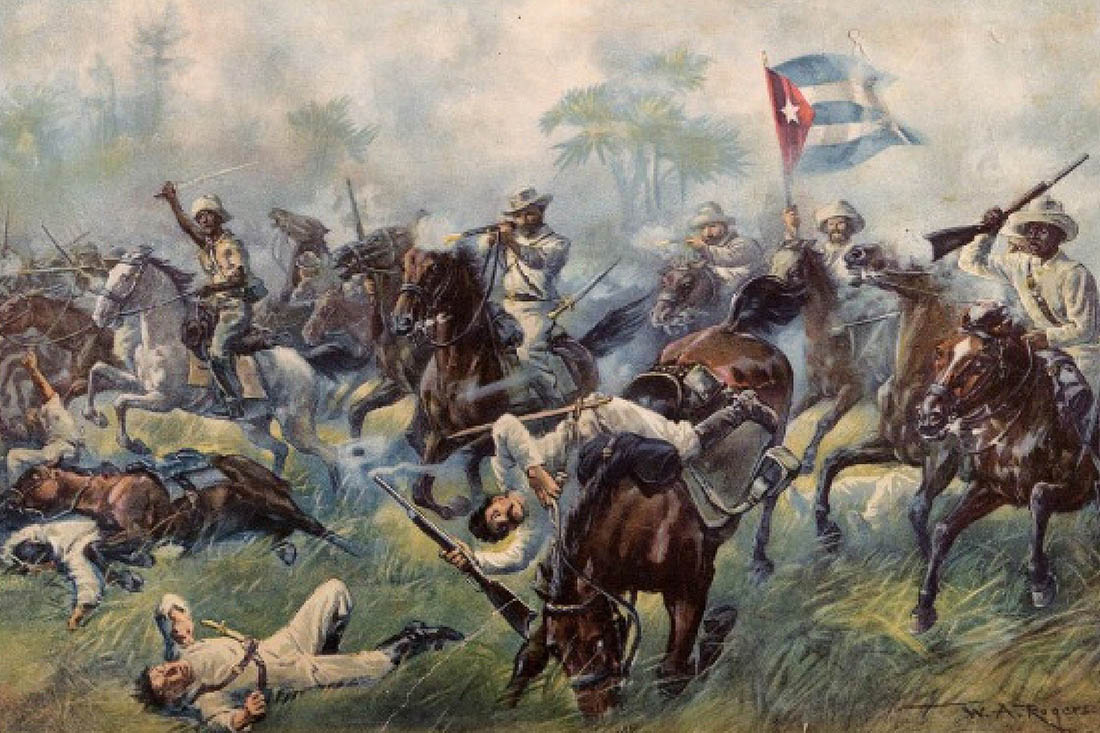
Martí and Cisneros: Fight Camagüey!
The brake on the “Necessary War” Putting ahead enormous material losses, regional devastation in farms and sugar mills, significant decrease in cattle and horses, fatigue and change of mentalities of
Home » Researches » Page 3

The brake on the “Necessary War” Putting ahead enormous material losses, regional devastation in farms and sugar mills, significant decrease in cattle and horses, fatigue and change of mentalities of
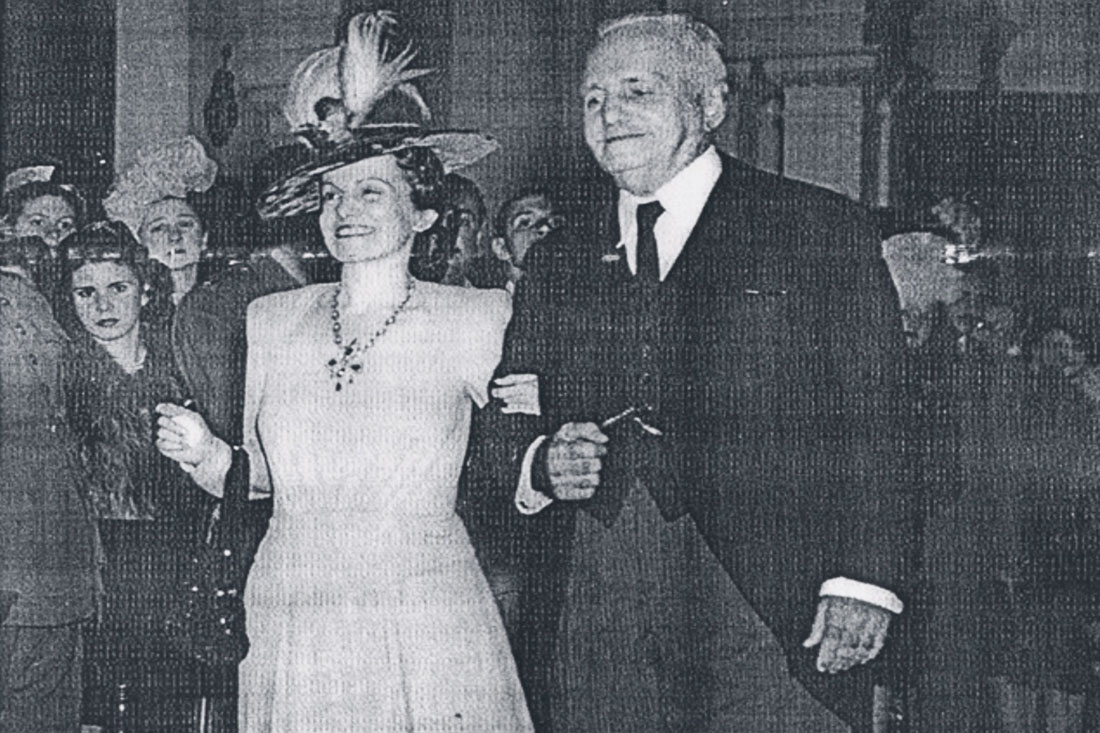
This mambí reached the rank of Brigadier General for war merits. Friend and assistant to José Martí, personal assistant to General Antonio Maceo, representative to the Constituent Assembly of Jimaguayú.
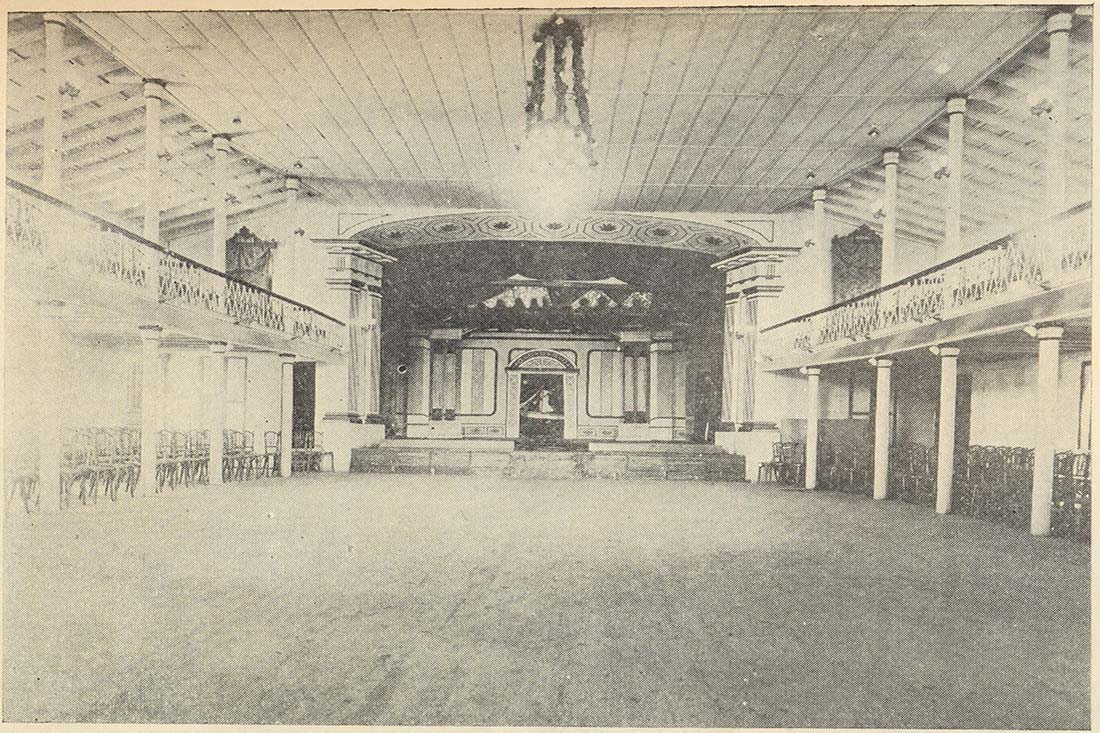
With similar foundational budgets as the “Philharmonic” of Puerto Príncipe, enthusiastic about the cultural advancement of the enlightened Creole sector of the rich livestock region of Cuba, another city enlightened
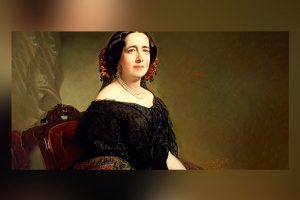
The Philharmonic Society of Puerto Príncipe, today Camagüey, honored the writer Gertrudis Gómez de Avellaneda as a Member of Merit and on June 3rd, 1860, at the house of the

When I passed through the solemn building of the Julio Antonio Mella Provincial Library in my childhood, I was always fascinated by the majesty of the staircase, lamps, the spacious
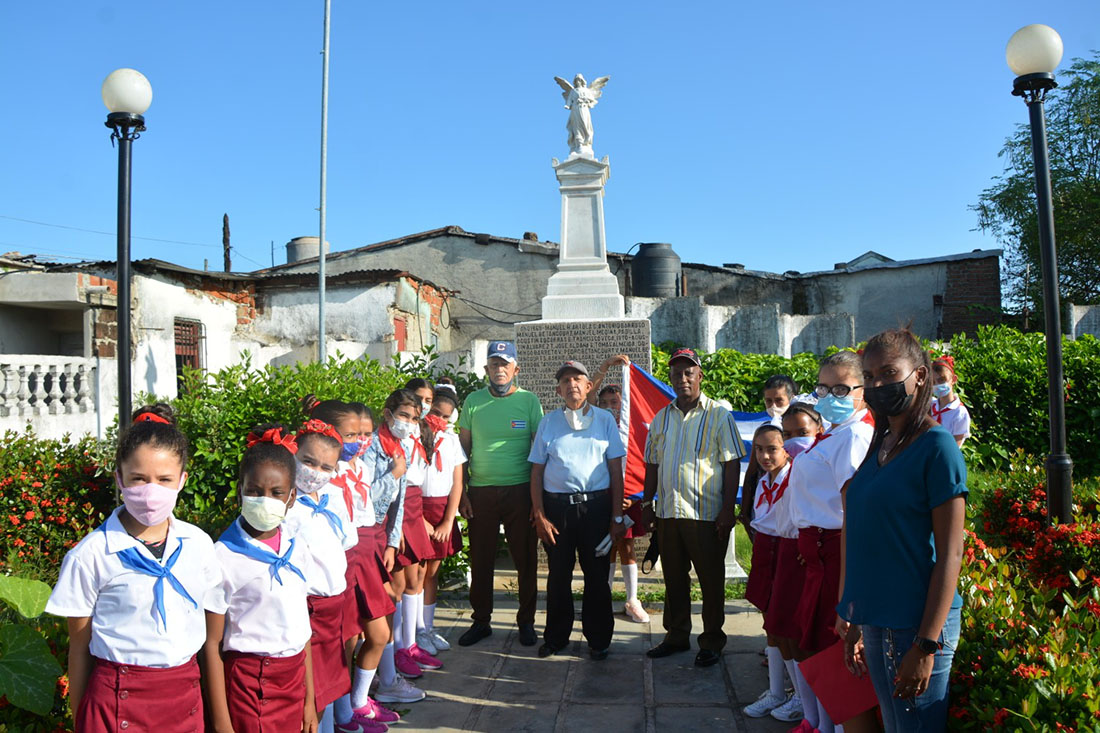
If you are a regular passerby or an observant traveler, when passing through Finlay Avenue, you will wonder to whom the monument located near the railway line, made of marble
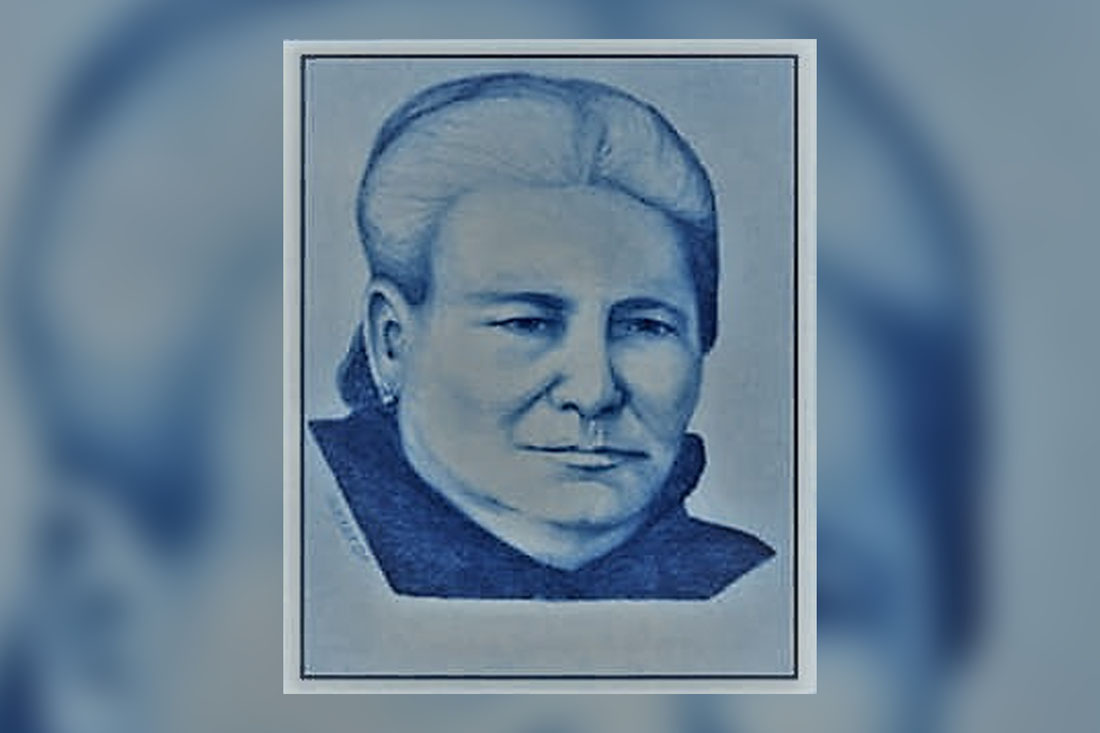
At the age of 19, she witnessed the Constituent Assembly in Guáimaro and in November 1869, together with her family, she entered the insurgent battlefields. When the Spanish troops surprised
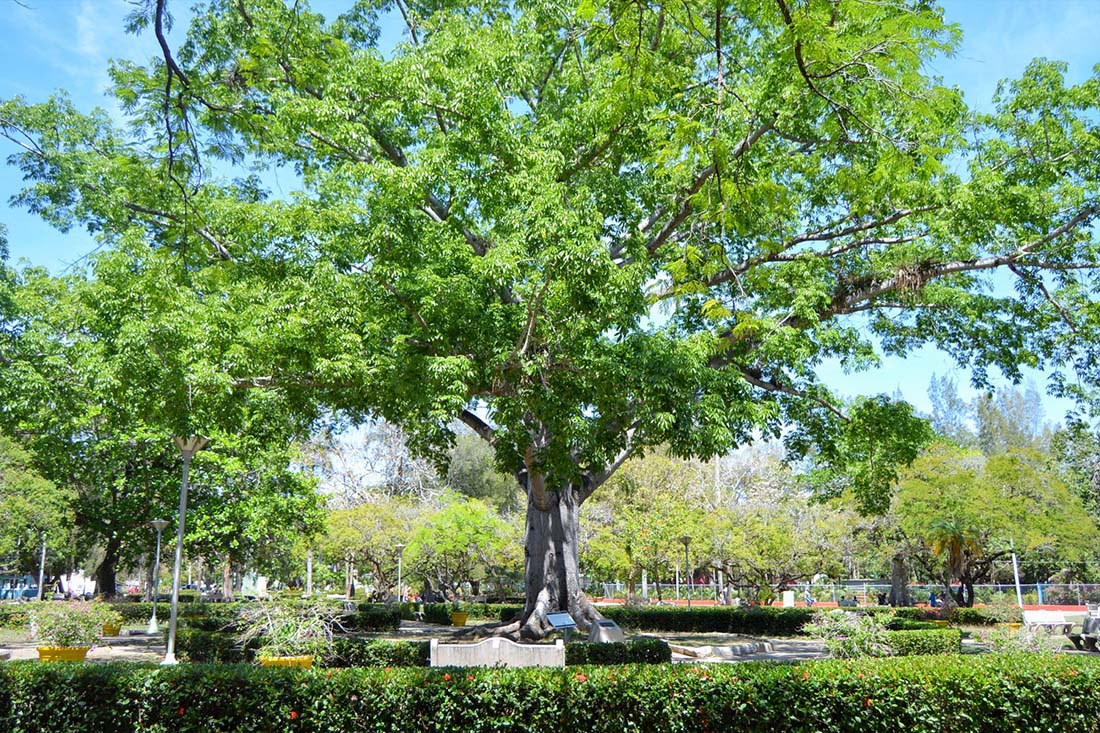
The planting of the Ceiba of Liberty by children from public schools in the Casino Campestre on May 20, 1902, in memory of the independence deeds, was not only part

On May 20th, 1947, the people of Camagüey unveiled the Bust of the Bronze Titan, Antonio Maceo Grajales, standing on a pedestal defined by art deco. Since then, every time

Dr. Pablo Aurelio de Valencia y Forns, a forensic doctor graduated in Spain, was chosen to examine the unarmed body of José Martí. Coincidentally, 23 years earlier, his father confronted
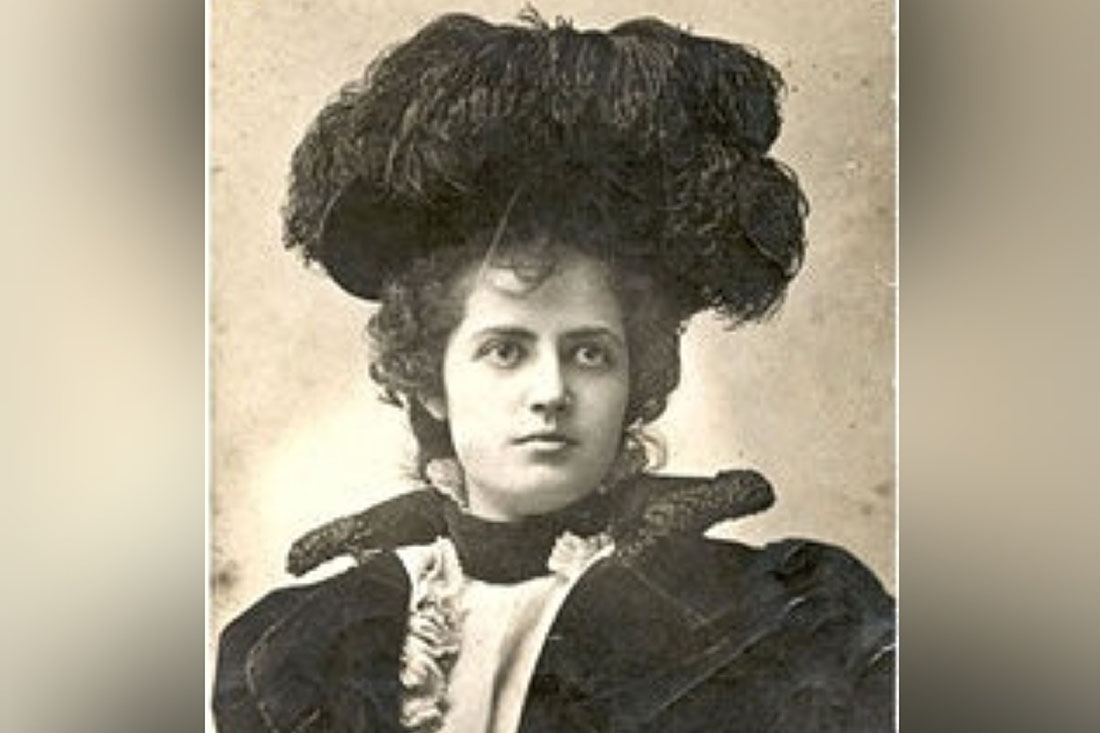
As if it were a fictional story, it was the rescue of Evangelina Cossío Cisneros from Camagüey at the Casa de Recogidas. This action was part of an advertising strategy
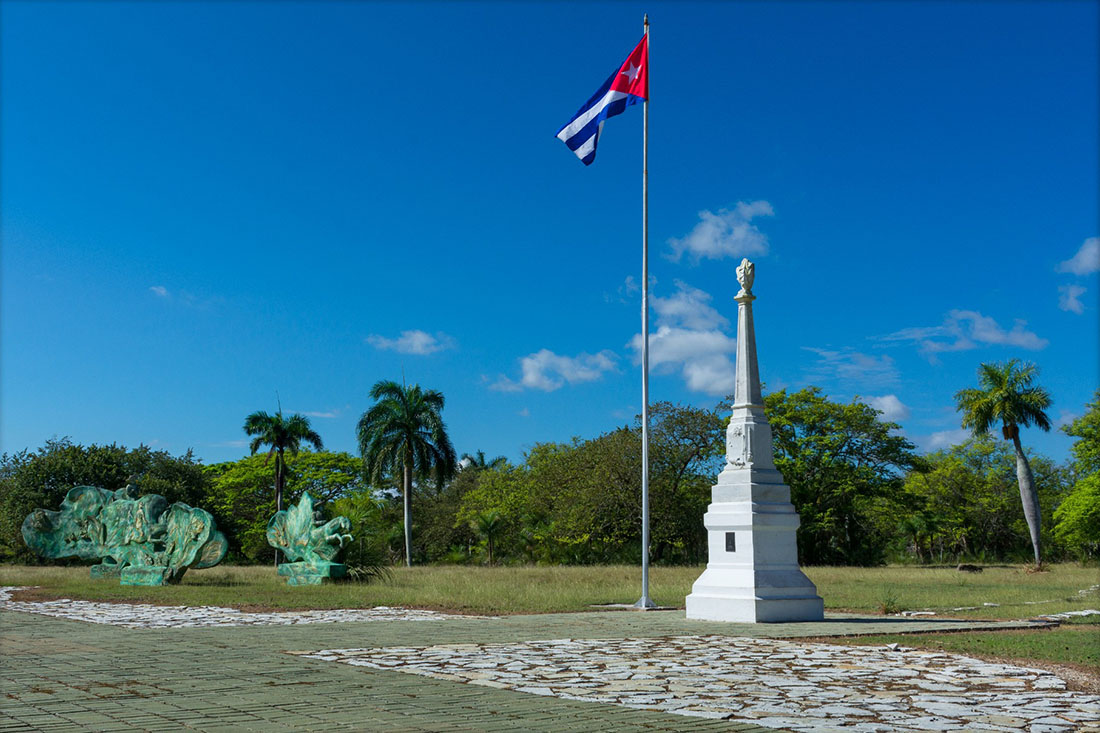
On May 11th, 1928, it was inaugurated in Jimaguayú an obelisk, that mark the place where El Mayor Ignacio Agramonte fell in combat. The inauguration ceremony carried out was the

José Martí in the article of April 10th, 1892 published in the newspaper Patria, said about Guáimaro “The peoples, like men, have hours of heroic virtue…” words that contained his
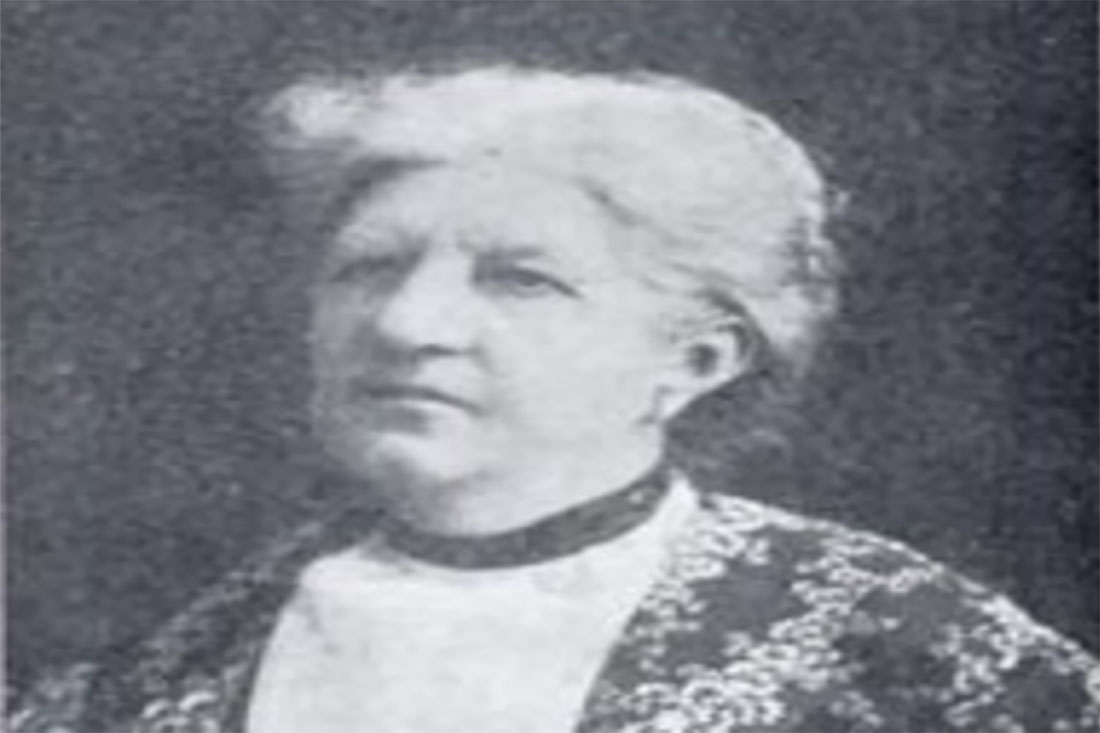
The contribution of women from Camagüey to Cuban letters is unquestionable. Important names stand out, among them, that of Domitila García Duménico, who has the merit of being recognized as
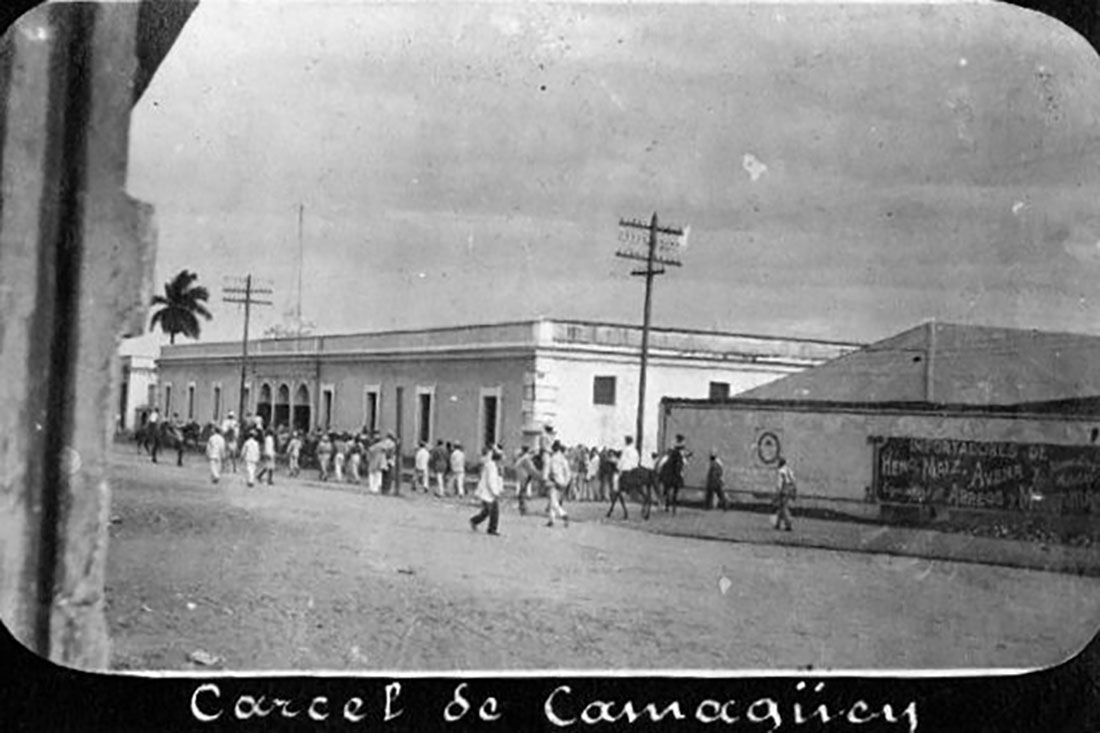
When you visit a city, you enjoy walks through museums, parks, churches, etc., you are amazed at the charm of the domestic, religious, military and social repertoire – from the
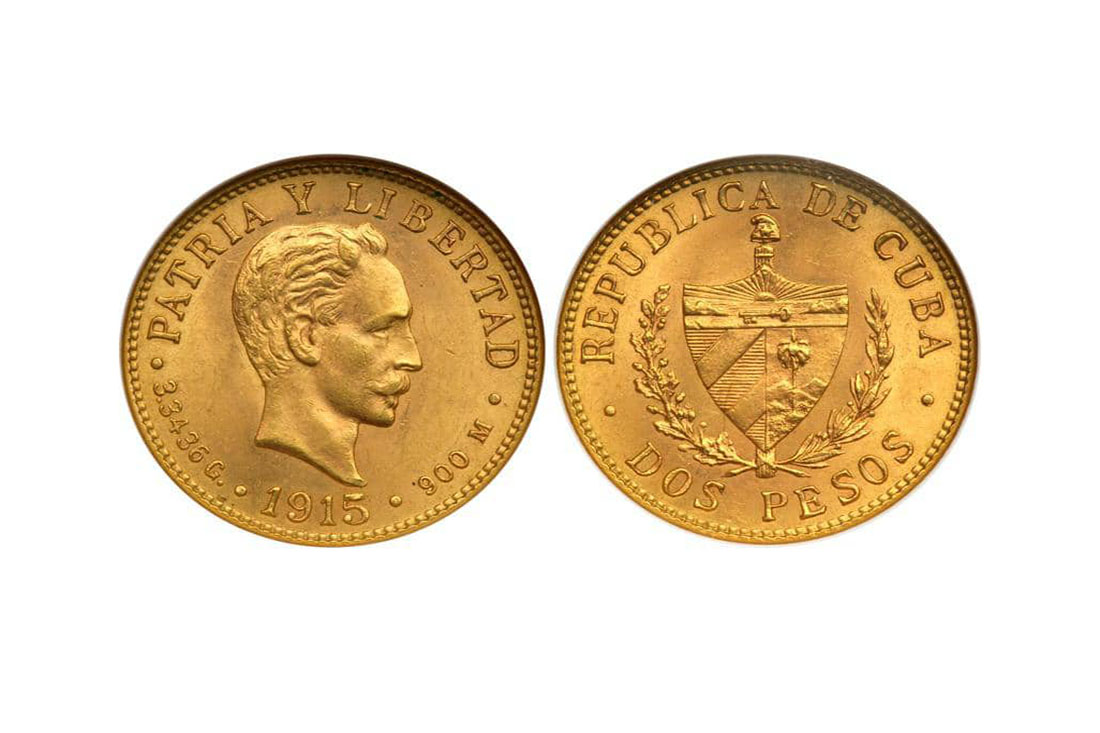
The Cuban currency was approved on October 29th, 1914. The Economic Defense Law, in its chapter III, provided for the creation of the national currency. The premiere of the coins
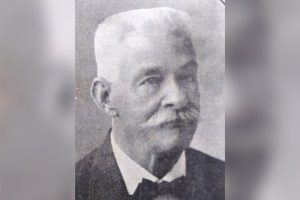
Javier de la Vega Basulto was only 17 years old in November 1868. He was born in Puerto Principe, today Camagüey on May 6th, 1851. On March 23rd, 1878 he
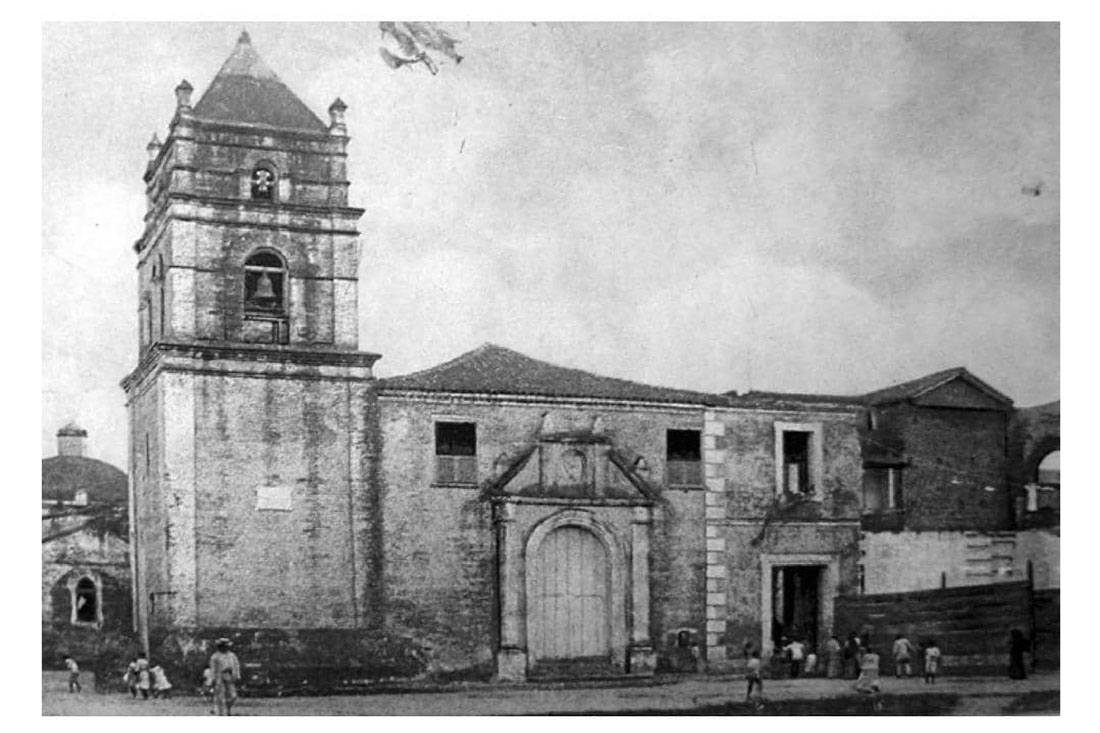
If you visit Camagüey for the first time, I recommend that you do not miss the José Martí Park, its surroundings, recognized as one of the founding spaces of the
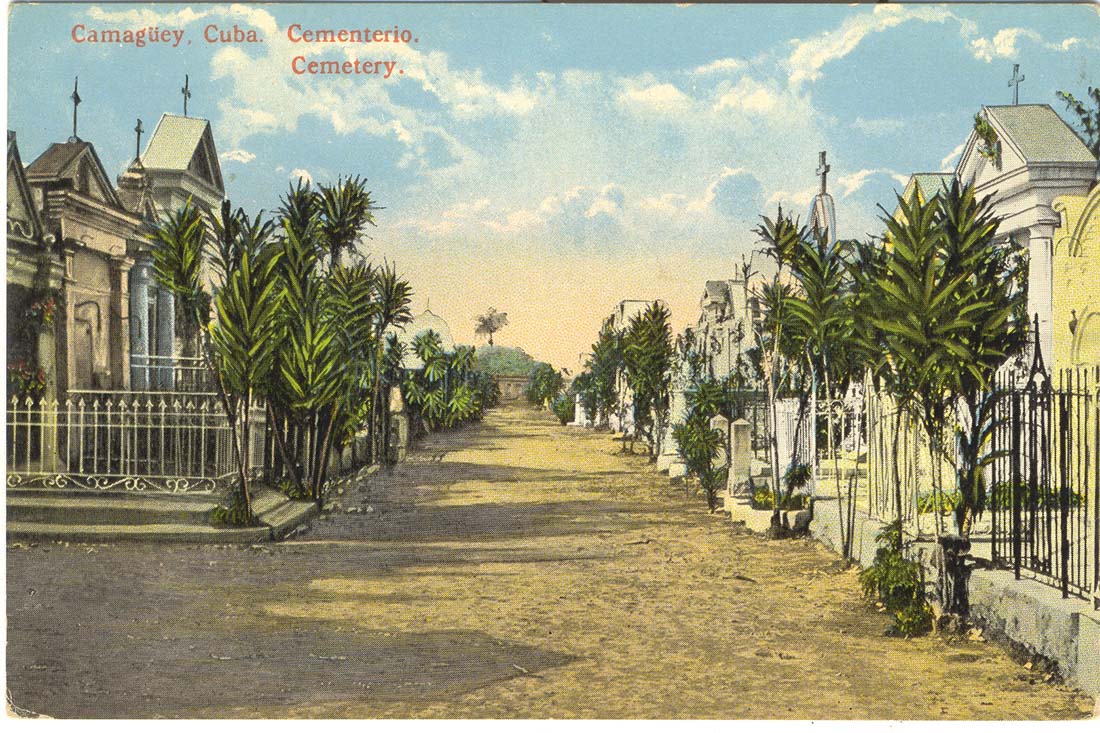
The town of Puerto Príncipe gathered in its urban enclosure a dozen architectural buildings of great caliber built in the 18th century, among which there were almost the same number

After the historic Assembly of Guáimaro, the Spanish military command established new campaign plans with the aim of trying to paralyze the offensive carried out by the forces in Camagüey.
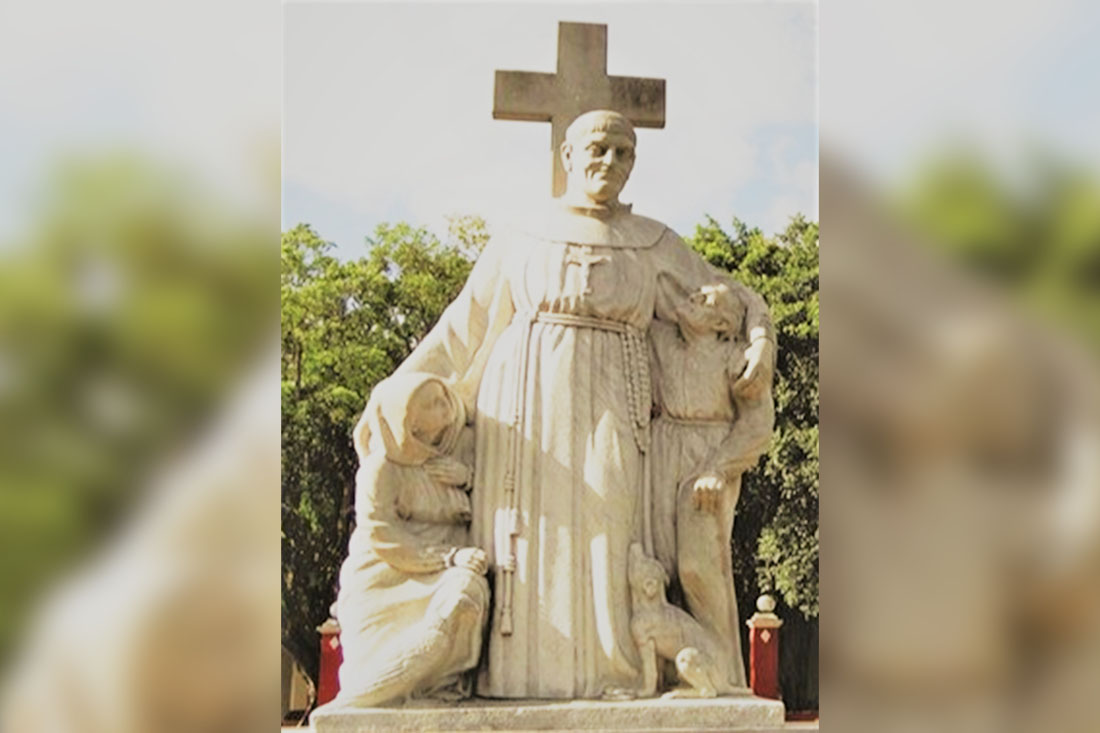
The Municipal Music Band broke the silence and the genuine Carrara marble shone instantly, after Father Salvador Basulto, vicar of the Bishopric and chaplain of the nursing home, blessed the
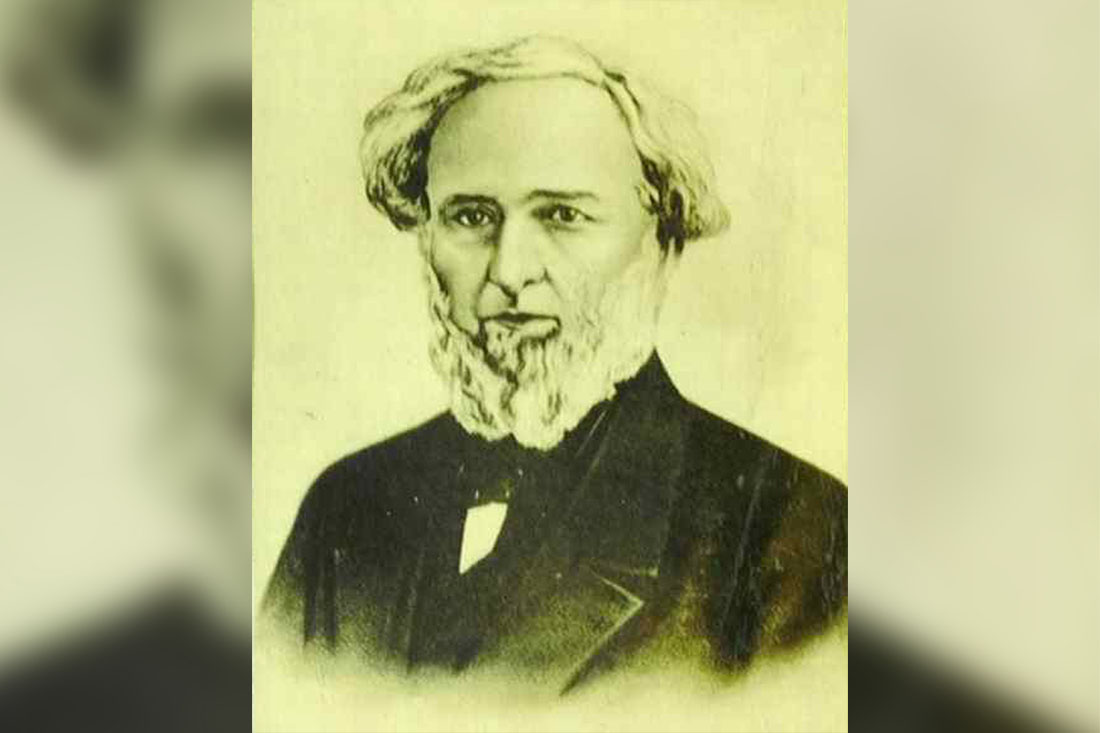
I don’t think there is a local personality in Camagüey so identified by his nickname as Gaspar Betancourt Cisneros, whom everyone recognizes as El Lugareño, which in his own words
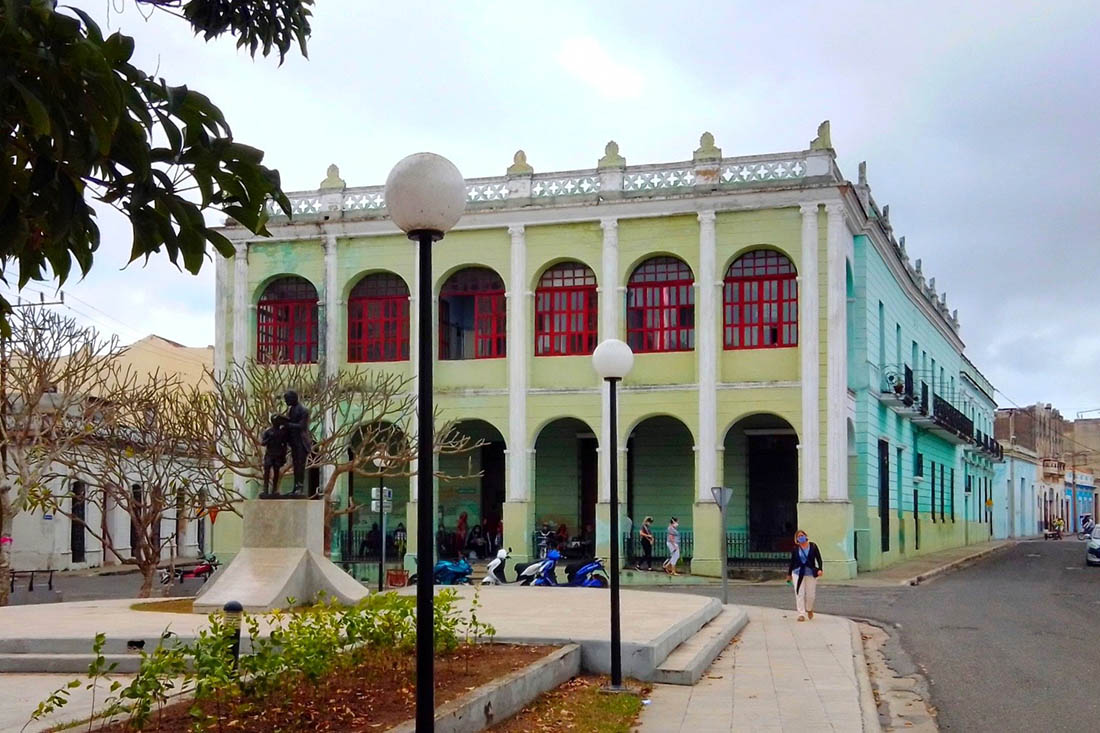
Tomás Pío Betancourt y Sánchez-Pereira was the son of the royal ensign Graciano Betancourt y Agramonte and Micaela Sánchez-Pereira. On December 25th, 1827, the lawyer married María Loreto Agramonte y
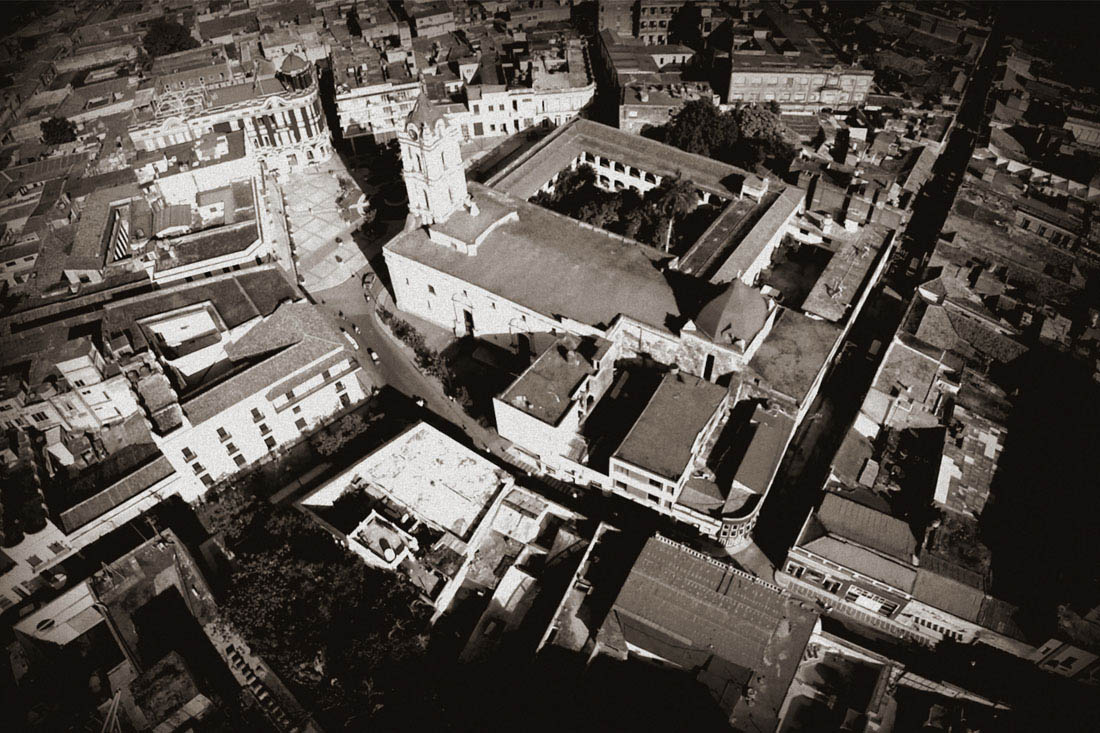
Certainly Camagüey could be the place name heard for the first time by the Spaniards when they entered our region in pursuit of “Indians” from Bayamo, in the year 1512,
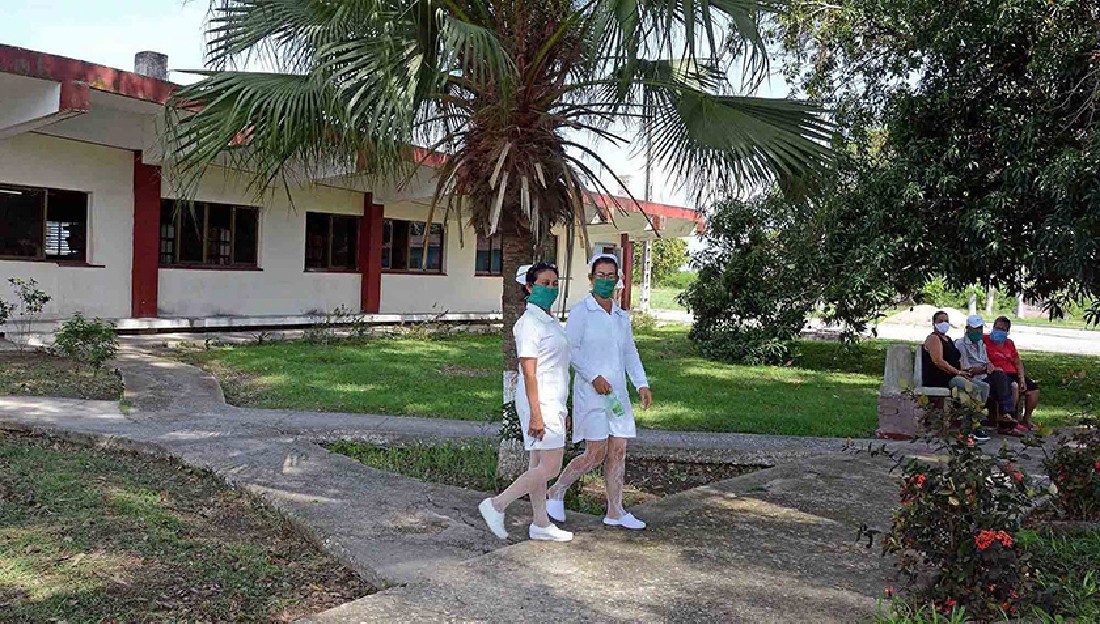
On April 19th, 1972, the Provincial Psychiatric Hospital Comandante René Vallejo Ortiz was inaugurated in Camagüey. This hospital institution was the first of its kind outside the capital of the
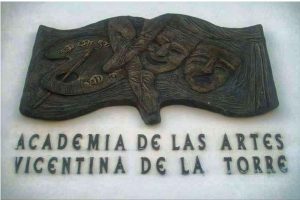
Among dissimilar aesthetic trends that dialogue between ballet, plastic arts, dramatic arts, the Vicentina de la Torre Academy in Camagüey stands out. This institution bases creative processes for more than
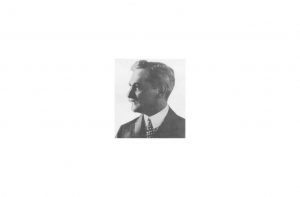
The work carried out by Cuban doctors, and in particular by doctors from Camagüey, during the independence struggles is highly commendable. One of those men with such a praiseworthy function
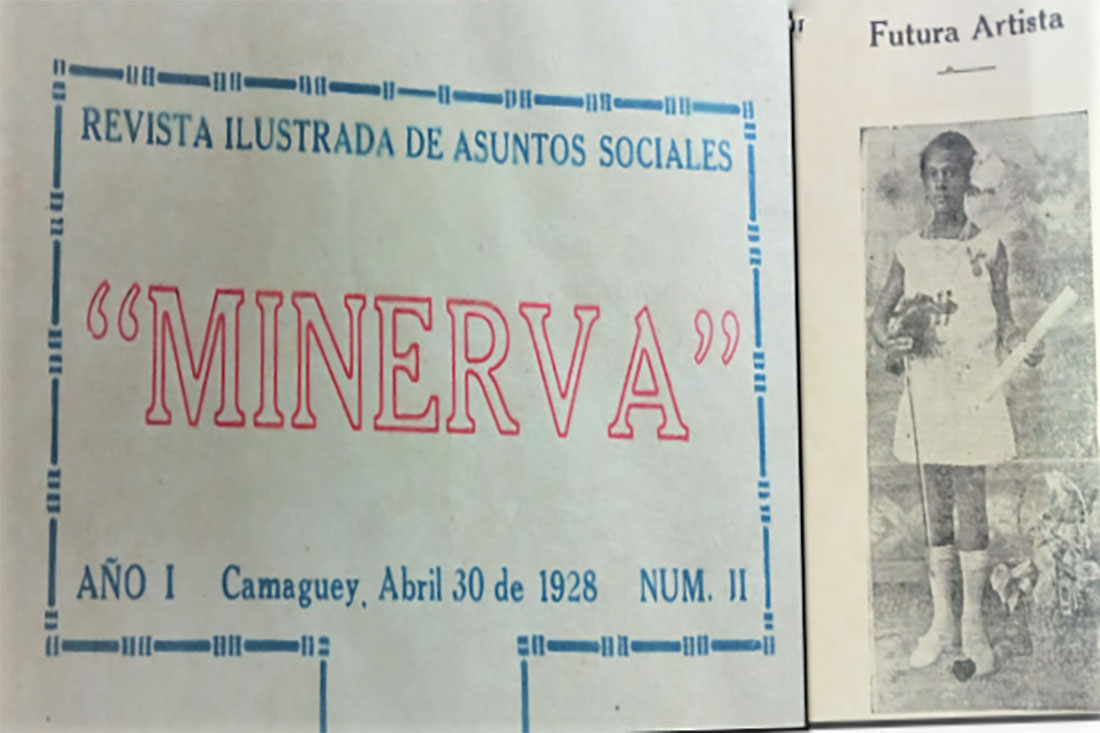
The Minerva magazine, founded on April 14th, 1928 by the journalist Serapio Páez Zamora, was an ideal platform where José del Pilar Páez Silva, Veteran of the War of Independence,

Fernando Figueredo Socarrás, joined in body and soul to the 10 Years War. He was Secretary of the Father of the Nation: Carlos Manuel de Céspedes; Chief of the General
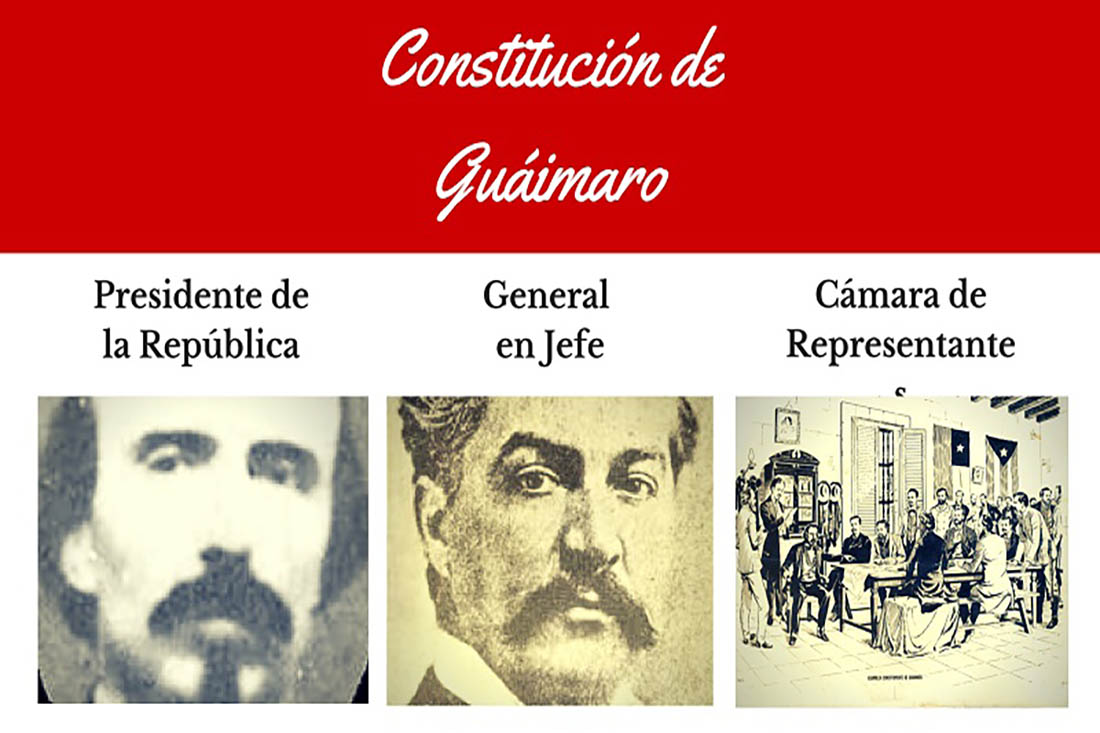
The Apostle, José Martí, pointed out: On April 10th, there was a meeting in Guáimaro to unite the two divisions of the Center and the East. That had taken the
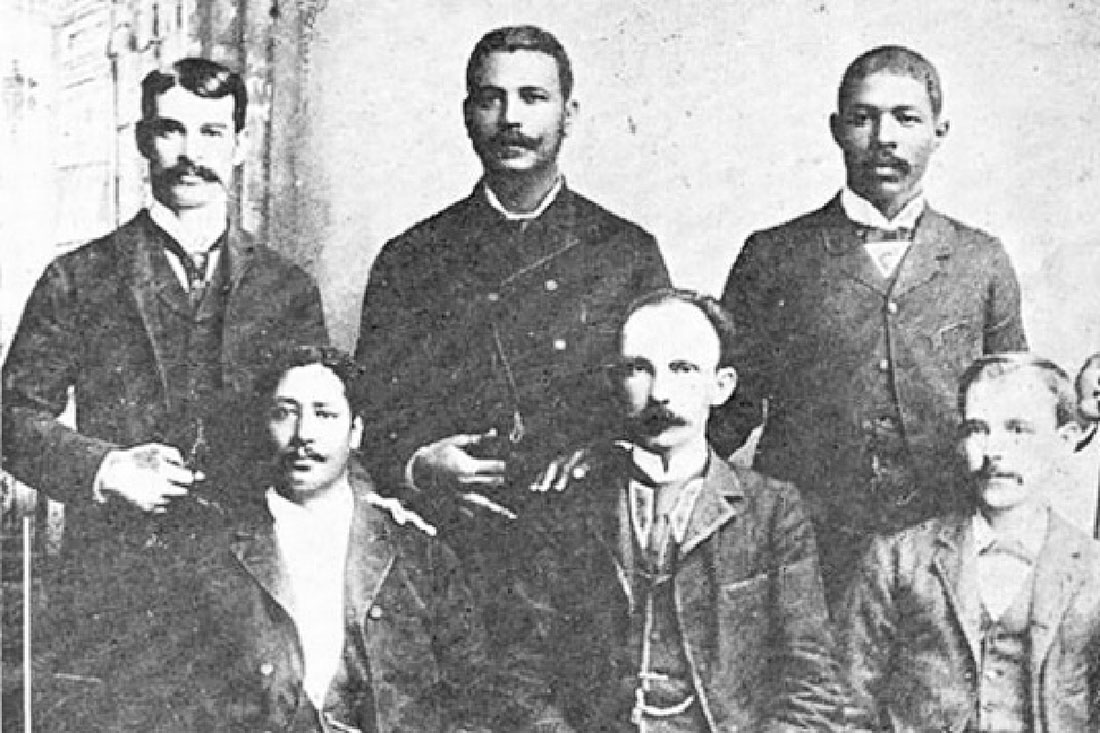
Marti’s emissaries from the PRC arrived in Camagüey, as in other Cuban regions, to talk, analyze and coordinate the preparations for the future war, including Commander Gerardo Castellanos Lleonart, Porfirio
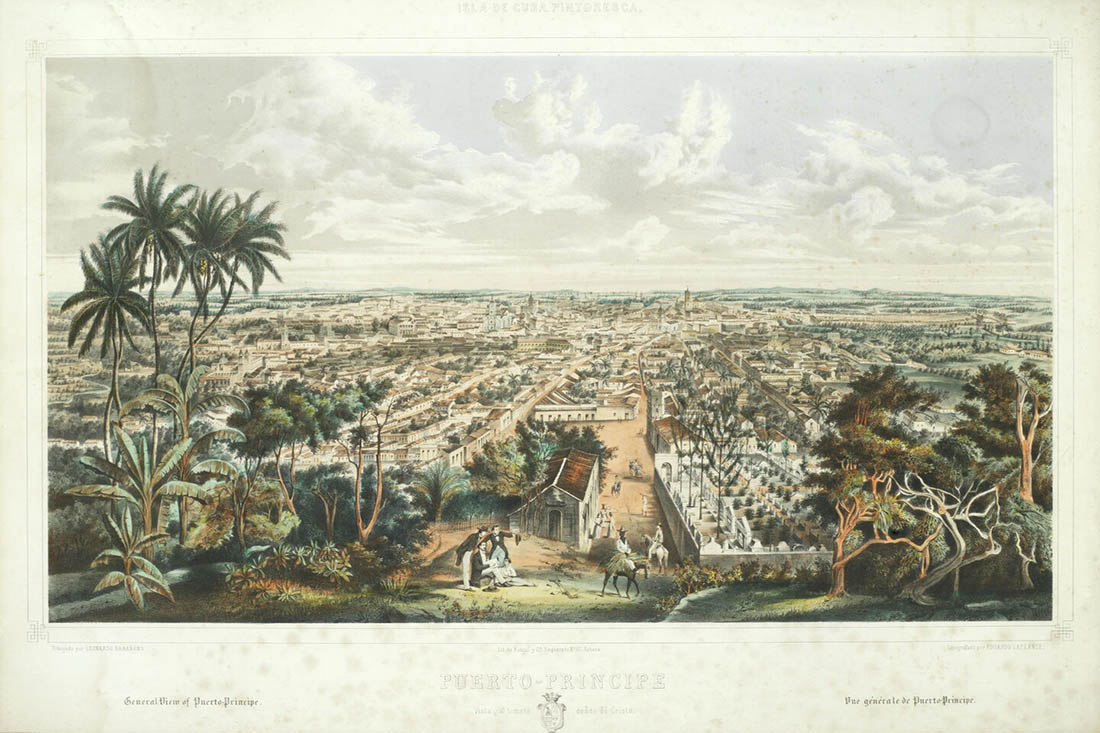
Juan Torres Lasqueti, (1816-1900) risked his life in his work as a communicator, courier or liaison, in the Ten Years’ War (1868-1878). He also distinguished himself for his trade of
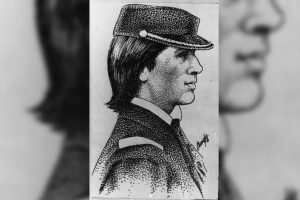
Blond, with silky and curly hair, blue and lively eyes, he had a slim body, and agile gestures, cultured and intelligent, and graceful in dealing with others, friendly and reliable.
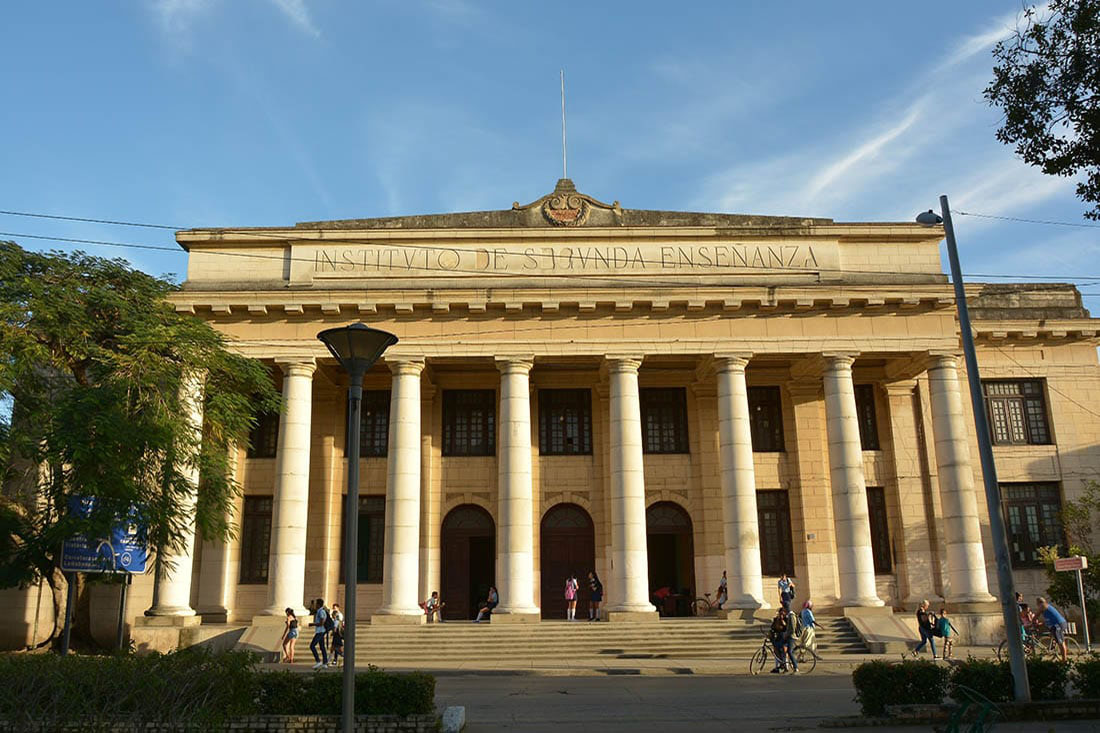
On April 4th, 1927, the pages of the newspaper El Camagüeyano, published an article from the Havana newspaper El Mundo in which they openly express and define their position against
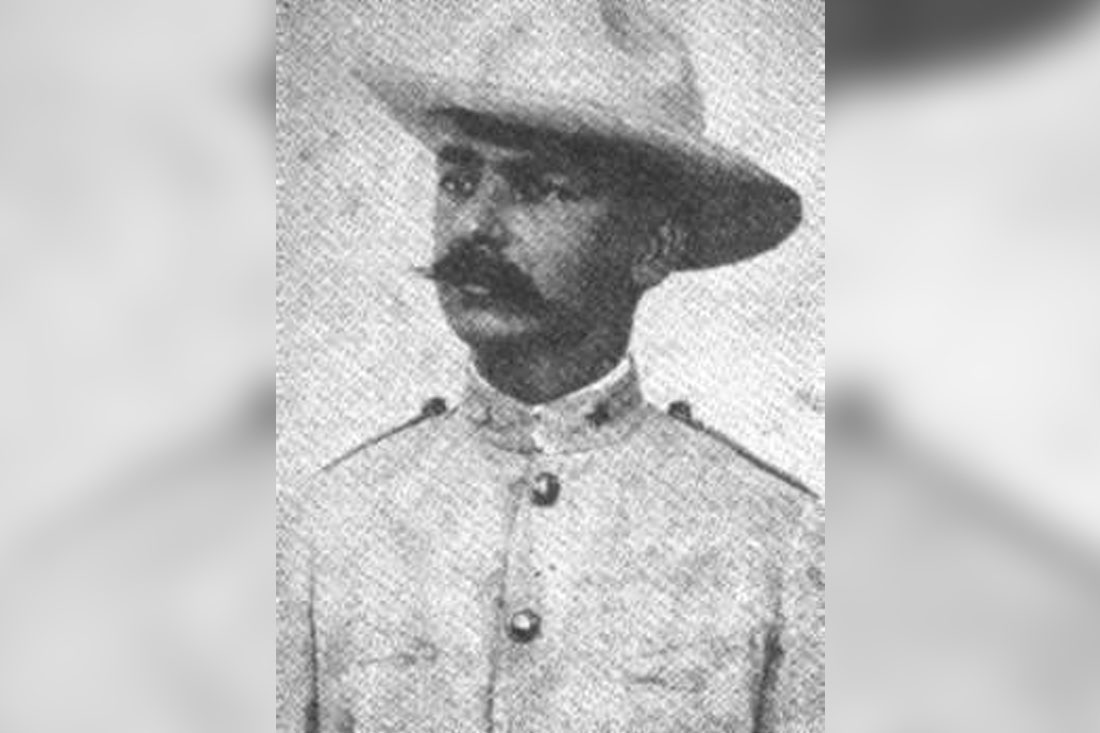
A few years ago I heard the name of Eugenio Molinet Amarós for the first time, through my uncle, Dr. Manuel Oliva Palomino, who did justice to him for his
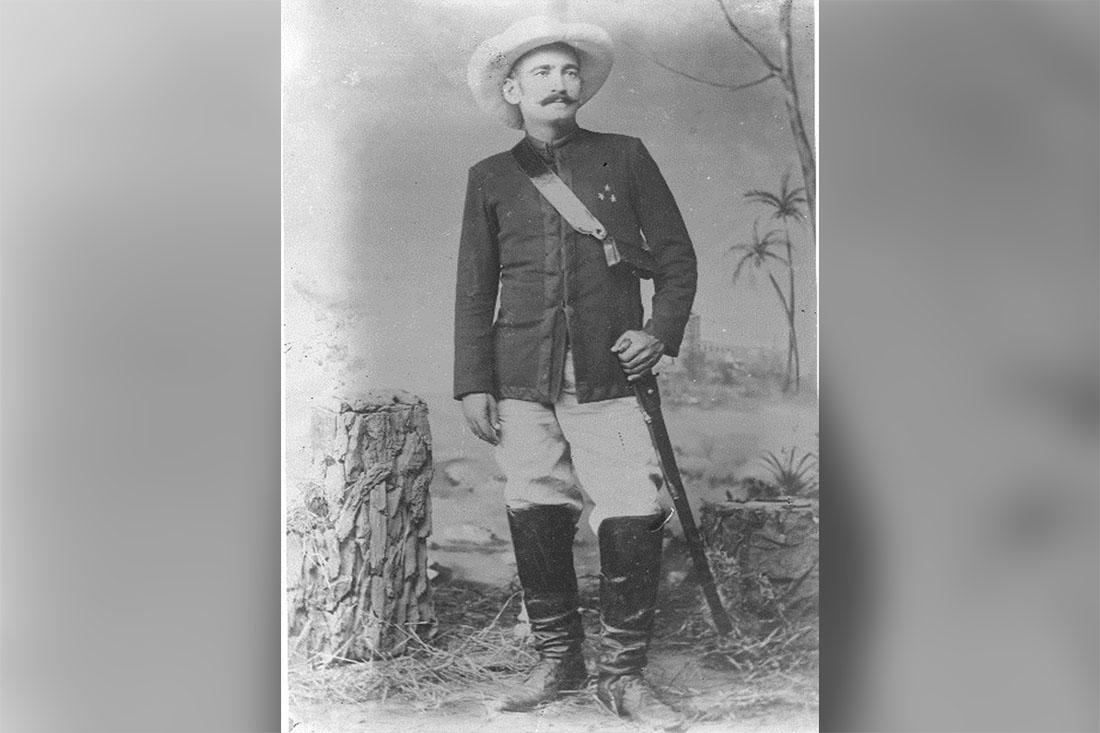
Combatant of the three Wars of Independence. On March 26th, 1855, Braulio Peña de la Cruz was born in Puerto Príncipe, although it is also said that he was born
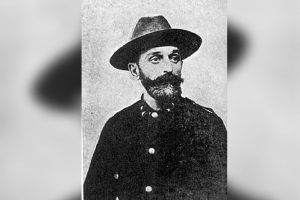
On March 24th, 1899, Division General Lope Recio Loynaz would hold the position of Civil Governor of Santa María del Puerto del Príncipe. He took office after the end of
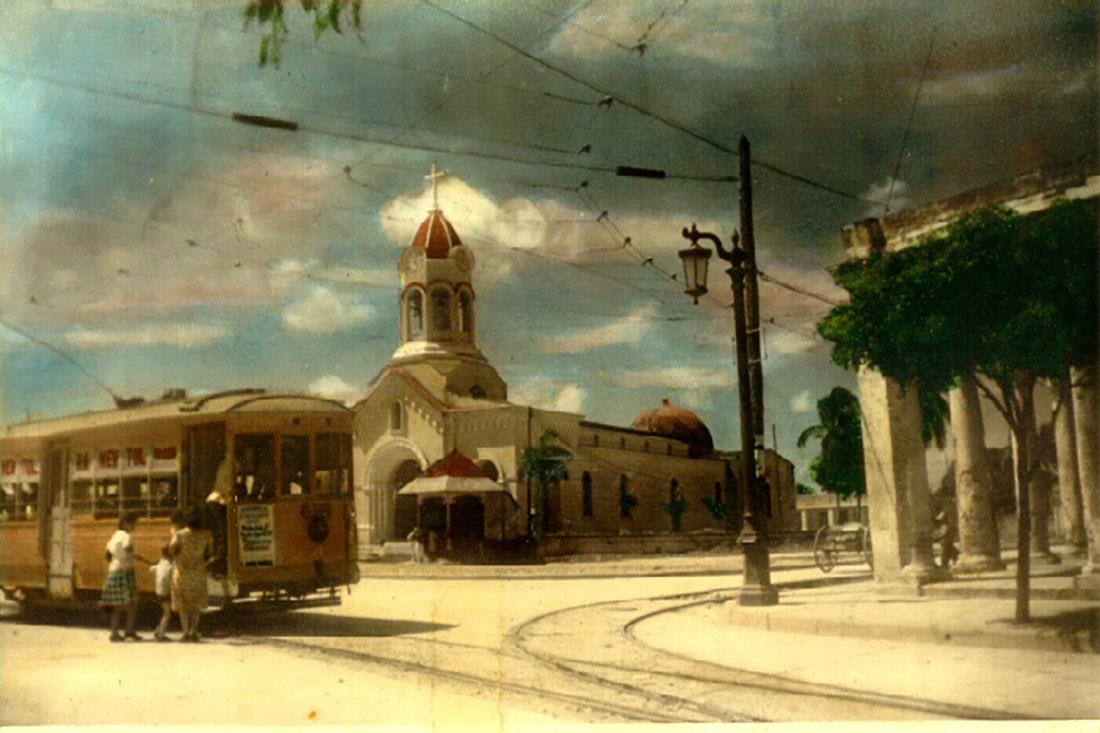
The tram in Camagüey has a fascinating history since the 19th century, first pulled by pack animals and later moved by electricity, it traveled through the main roads, squares and
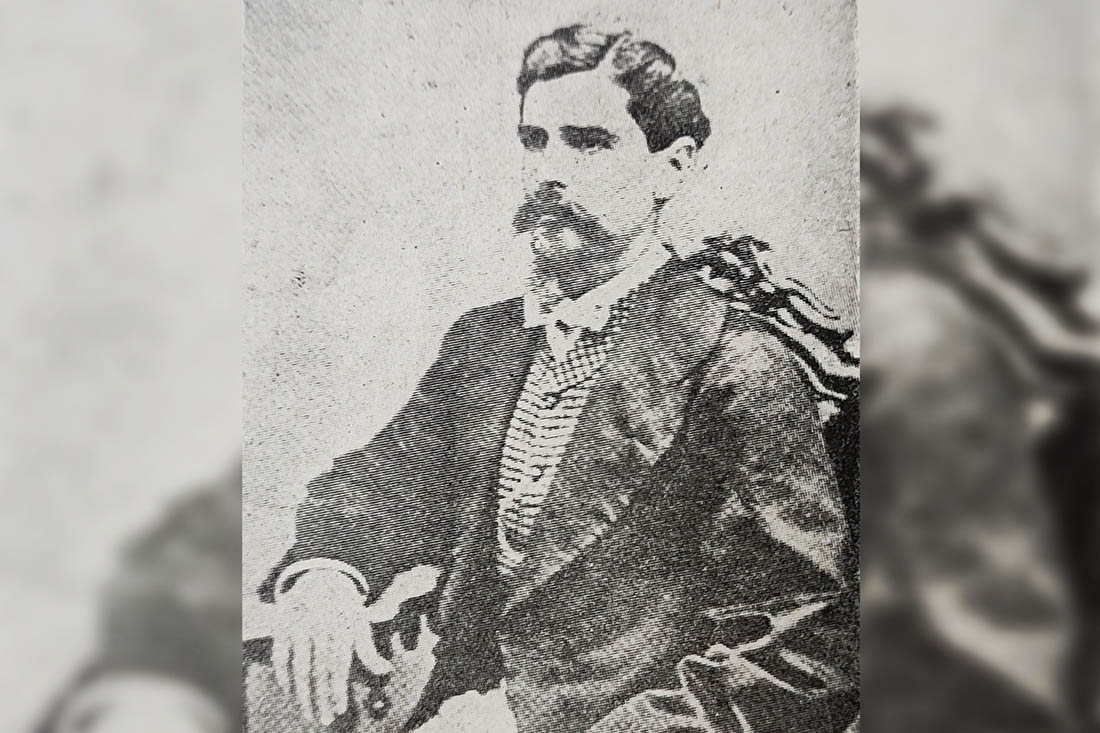
His parents were the intellectual and lawyer Manuel de Jesús Arango y Ramírez, and the no less renowned Ana Isabel Agüero y Perdomo, whose surnames were intertwined by family endogamy
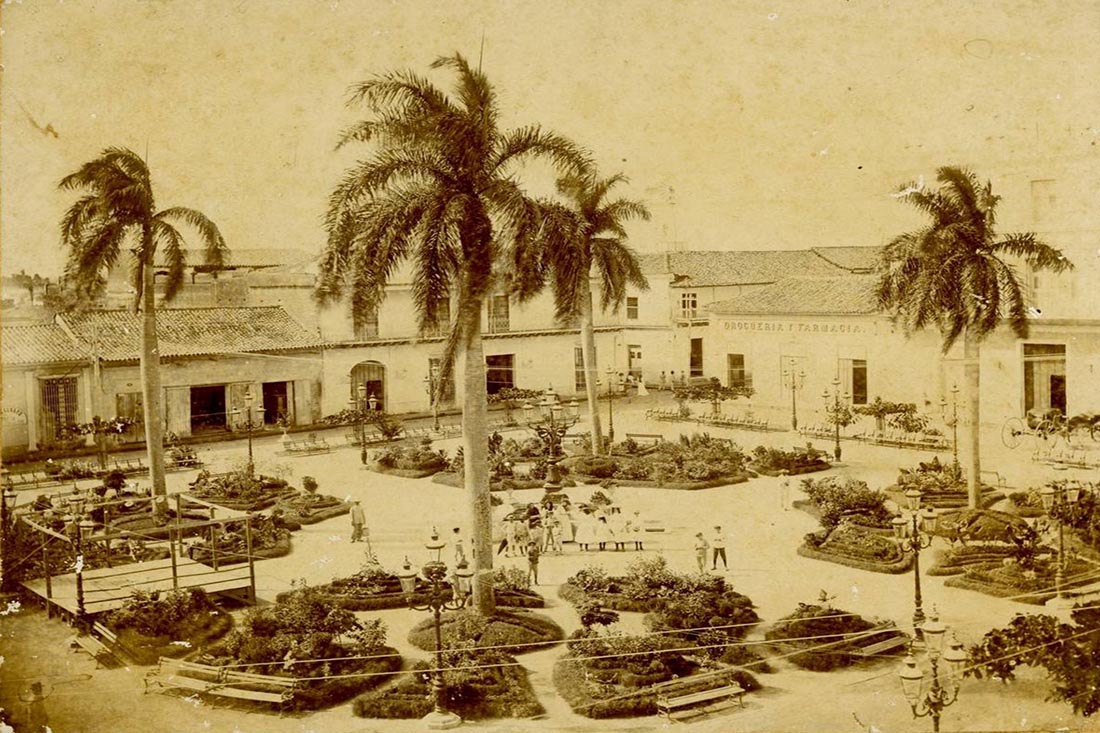
Francisco de Agüero was born in a divided society, in the year 1795, with the punished crime of being a Creole mestizo; moreover, being the son out of wedlock of
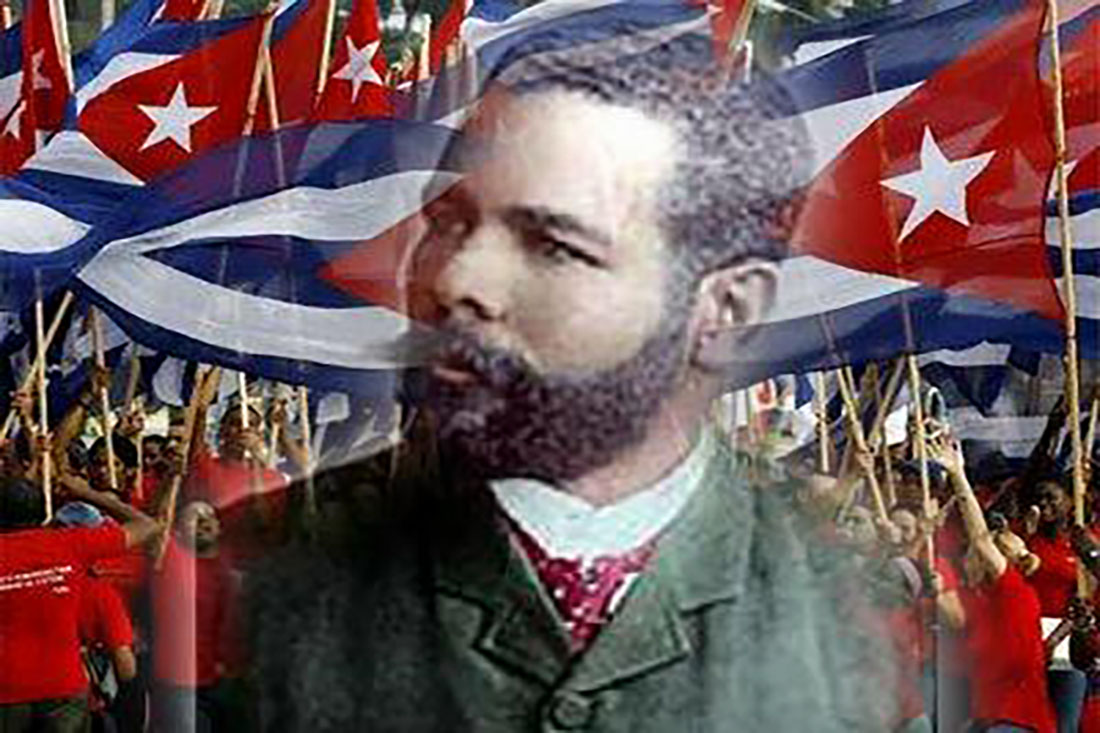
A few days after the glorious call of Carlos Manuel de Céspedes at La Demajagua sugar mill, the family of Mariana Grajales was placed in the vortex of the libertarian
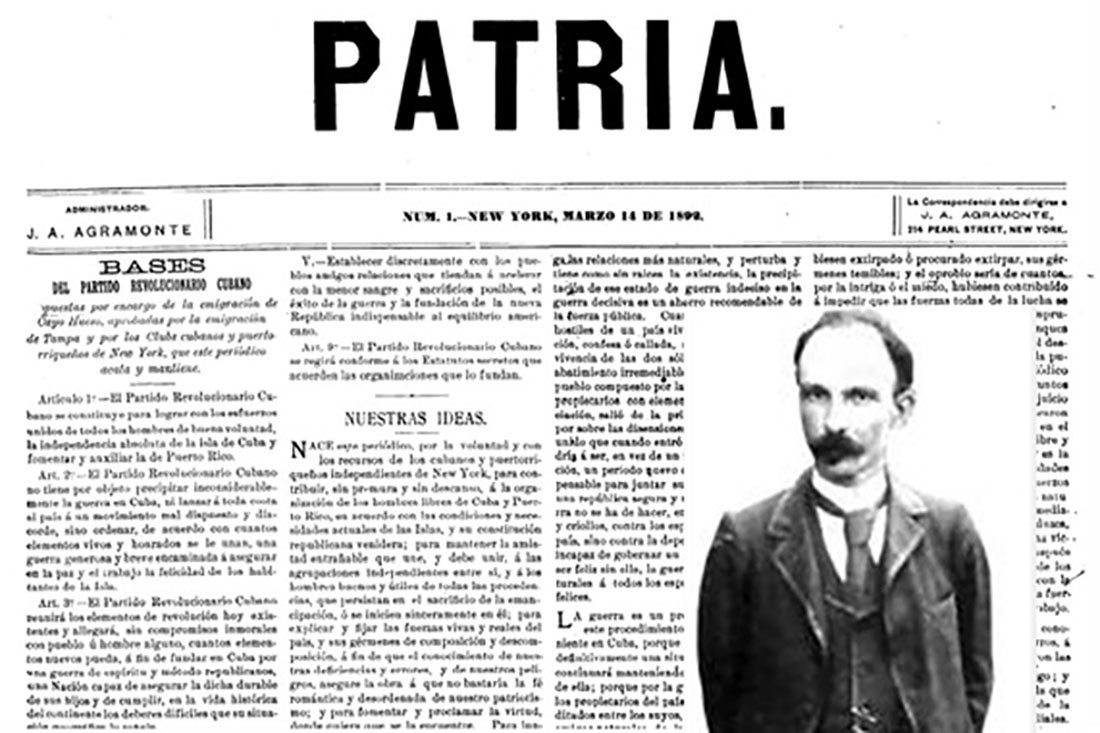
On March 14th, 1892, the journalistic publication turned into the indispensable spokesperson in favor of the independence of Cuba, the Patria newspaper, would be born in New York. Its initiator

In 1736, the first apothecary or pharmacy was established in Puerto Príncipe. Its owner was called Francisco Casado, as the record says. After the secularization of the Royal and Pontifical
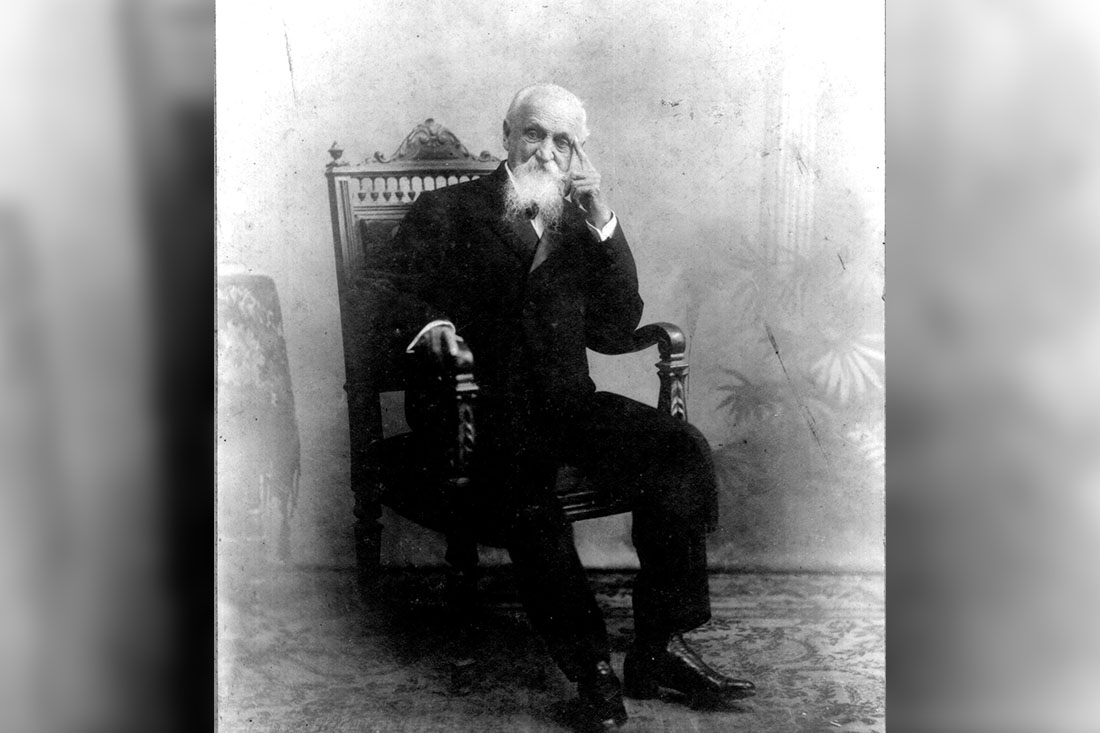
The Revolution of 1895 marked the paths of the future Cuban state, however, Marti’s project of a “Republic with all and for the good of all” was fractured by the
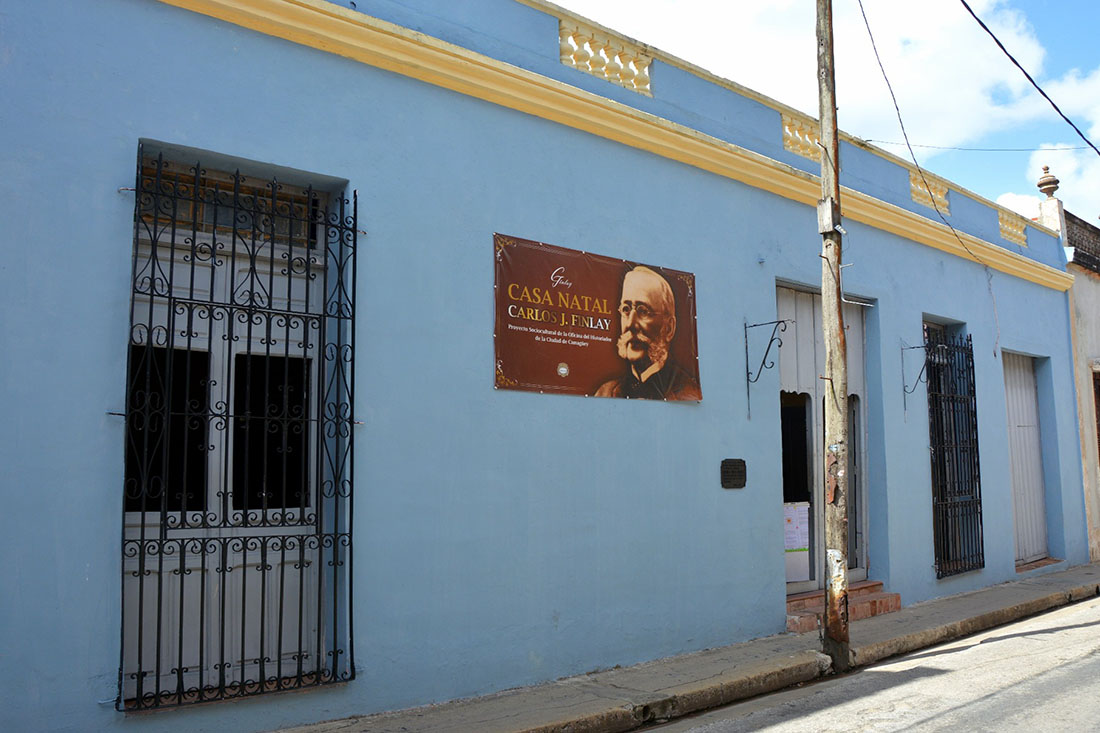
By: Yaremi García Maceo On March 10th, 1855, the moment in which Carlos J. Finlay graduated as a doctor of medicine from the Jefferson Medical College of the University of

There were several families residing in the city of Puerto Príncipe who interrupted their monotonous tasks in the city to go to the farms for raising and fattening cattle and

In the insurgent battlefield, on March 8th, 1872, Eduardo Agramonte Piña would lose his life, a man who, in body and soul, had given himself to the war of 1968.

The first days of March have a reflection of rejoicing with a historical background. The celebration on March 8th of International Women’s Day throughout much of the world is an

Why would a mortuary obituary published by El Progreso printing house on the day of his death describe Olallo Valdés, from Havana, “Apostle of Charity”? Is it that in colonial
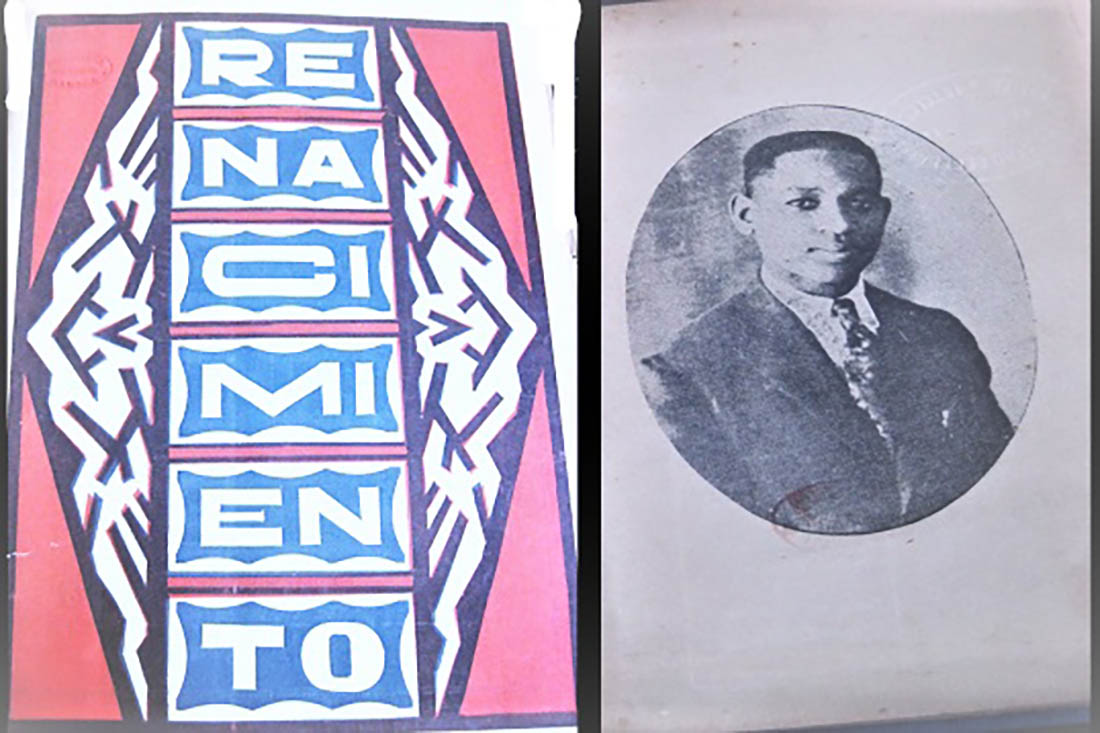
The Editorial Board of the Renacimiento magazine was made up of young people with high-flying cultural and patriotic concerns. They were children of veterans of the wars of independence, social